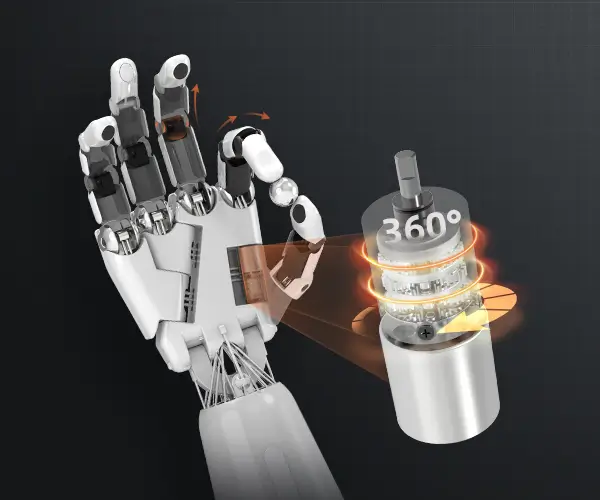Imagine you're building a city. One way is to pour everything into a single enormous building—everything from the city hall to the grocery stores, all jammed into one giant monolith. That's what a monolithic application is like. Everything tightly integrated, like a big old fortress. Sure, it seems straightforward at first—everything’s in one place, easy to manage for a little while. But when the city grows, things get complicated fast. A single change? Boom, you might disrupt the entire structure.

Microservices, on the other hand, are more like a city of small neighborhoods. Each neighborhood manages its own stuff—restaurants, schools, clinics—independent but connected. Making changes in one doesn’t shake the entire city. Growing? It’s easier because you can add a new neighborhood without rehashing the whole map. This modular approach means you can scale specific parts, innovate faster, and repair just the damaged blocks without dismantling everything.
So, what's the better choice? It depends what you’re after. Monolithic systems might work fine at the start—less complexity, faster initial development. But as features pile up or the user base explodes, they tend to buckle under pressure. Microservices are more resilient, but require a good deal more coordination—they're hacker-proof? Not quite. You need clear boundaries, well-designed APIs, and a bit of a mindset shift.
People keep asking, “Isn’t microservices more complicated?” Well, yes, initially. It’s like switching from a comfy single-family home to a sprawling city. But the payoff? Flexibility. Agility. The chance to pivot quickly when market trends shift or customer needs change. Just look at some giants in tech—they didn’t build their infrastructure all at once. They evolved from monoliths to a diverse ecosystem of microservices, and the results speak for themselves.
Moving away from a monolith to microservices can feel daunting. It’s a journey, not a flip of a switch. You start by identifying core functionalities that can operate independently. Then, gradually shift parts of your system into distributed modules. It’s about breaking down walls without losing control.
At the end of the day, whether to go micro or stay monolithic isn’t just about technical preference—it’s about your project’s shape, size, and future. Want rapid innovation, easier scaling, and the ability to upgrade parts on the fly? Microservices might be your friend. Prefer simplicity and tight control? Monoliths may do the trick until things grow too big.
Navigating this decision is much like choosing your city's blueprint. Think about where you’re headed and what you value most—speed, stability, or adaptability. Building a digital infrastructure? It’s all about sculpting the right foundation for what’s next.
Established in 2005, Kpower has been dedicated to a professional compact motion unit manufacturer, headquartered in Dongguan, Guangdong Province, China. Leveraging innovations in modular drive technology, Kpower integrates high-performance motors, precision reducers, and multi-protocol control systems to provide efficient and customized smart drive system solutions. Kpower has delivered professional drive system solutions to over 500 enterprise clients globally with products covering various fields such as Smart Home Systems, Automatic Electronics, Robotics, Precision Agriculture, Drones, and Industrial Automation.




































